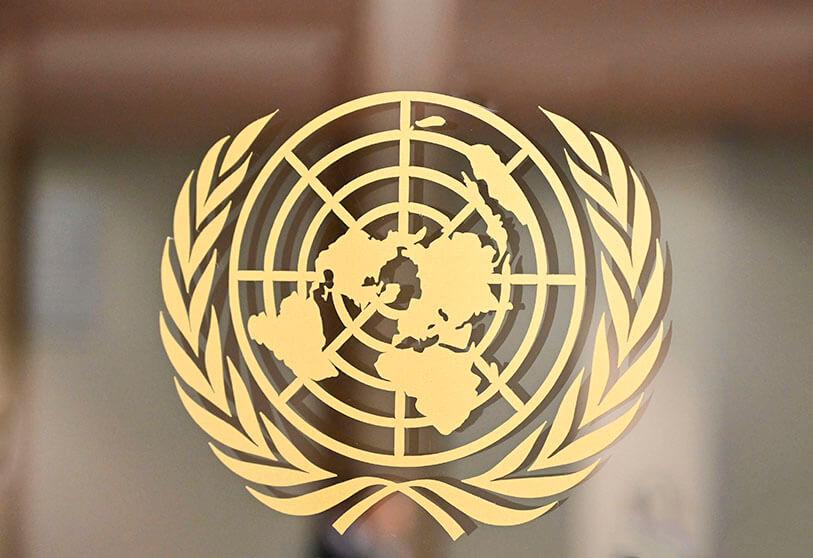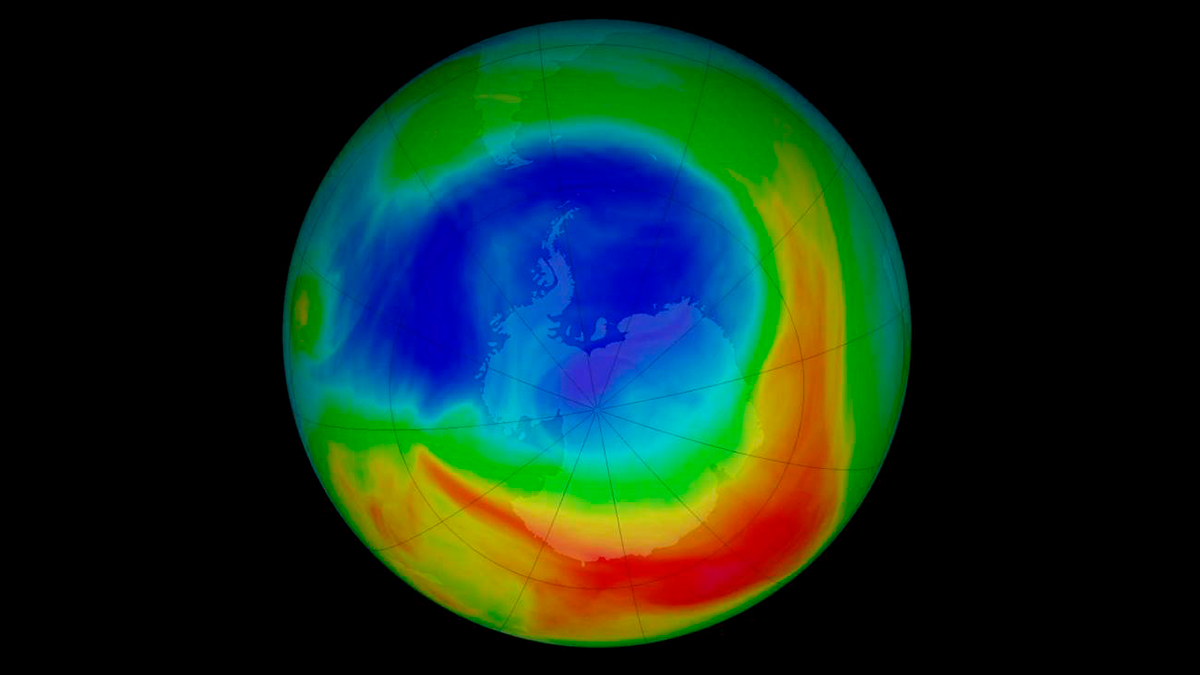The United Nations reported Monday that by the year 2066 Ozone Layer You will fully recover thanks to a global ban on the use of chemicals that caused a hole in the ozone layer over Antarctica.
99% of the chemicals that have caused a hole in the ozone layer have been discontinued since they were banned in 1989.
The Scientific Assessment Panel for the Montreal Protocol on Substances that Deplete the Ozone Layer, an international agreement that entered into force in 1989 to eliminate the use of ozone-depleting chemicals, indicates in a report announced on Monday that 99% of banned substances are discontinuedallowing the ozone layer to recover.
Scientists suggest that if current policies are maintained, by 2066, the ozone layer will be in Antarctica It will have recovered to the levels it was in in the 1980’s North Polerecovery will happen faster, in 2045, while in the rest of the world It will be in 2040.
“The ozone layer is recovering, and that is great news. It can never be emphasized enough how much the Montreal Protocol has contributed to mitigating the effects of climate change. Over the past 35 years, the Protocol has become a true champion of the environment.” Meg SekiExecutive Secretary of the Ozone Secretariat of the United Nations Environment Program (UNEP).
The impact of the Montreal Protocol on climate change mitigation cannot be ignored.
Meg Seki
An amendment to the Montreal Protocol approved in 2016 calls for phasing out the use of Hydrofluorocarbon (HFC), which although does not directly harm ozone, does contribute to climate change.
“Evaluations and reviews by the Scientific Assessment Panel continue to be an essential component of the workings of the protocol, helping to inform policy and decision makers,” Seki added..
According to the protocol’s Scientific Committee, phasing out the use of HFCs will reduce global warming by 0.3 to 0.5°C by 2100.
Stratospheric injection, a suggestion that has potential negative effects
The group of scientists also warned of the potential negative effects of injecting products into the stratosphere to curb climate change.
Connection Stratospheric aerosol injection The International Energy Agency has been proposed as a possible way to reduce the amount of sunlight that reaches the Earth’s surface and thus limit climate change.
The IEA could have severe consequences for temperatures, ozone and gas
However, the scientific panel warned that the IEA could affect stratospheric temperatures, ozone circulation and production, as well as rates of destruction and transport of the gas.
The ozone layer, or ozone, is a region of the stratosphere that protects the planet from UV emitted from the sun. Ozone absorbs between 97% and 99% of UV rays.
Without the protection of ozone, a gas made up of three oxygen atoms, ultraviolet radiation from the sun would irreversibly damage life on the planet.

“Unapologetic tv specialist. Hardcore zombie trailblazer. Infuriatingly humble problem solver.”

:quality(85)/cloudfront-us-east-1.images.arcpublishing.com/infobae/6XJPKJHNFK3AQGTE4MB34ITENY.jpg)





More Stories
Palestine expands its rights at the United Nations as uncertainty grips Rafah
University protests against the Middle East conflict are growing across Spain
32 people were arrested in Amsterdam during the evacuation of anti-war demonstrators on Gaza